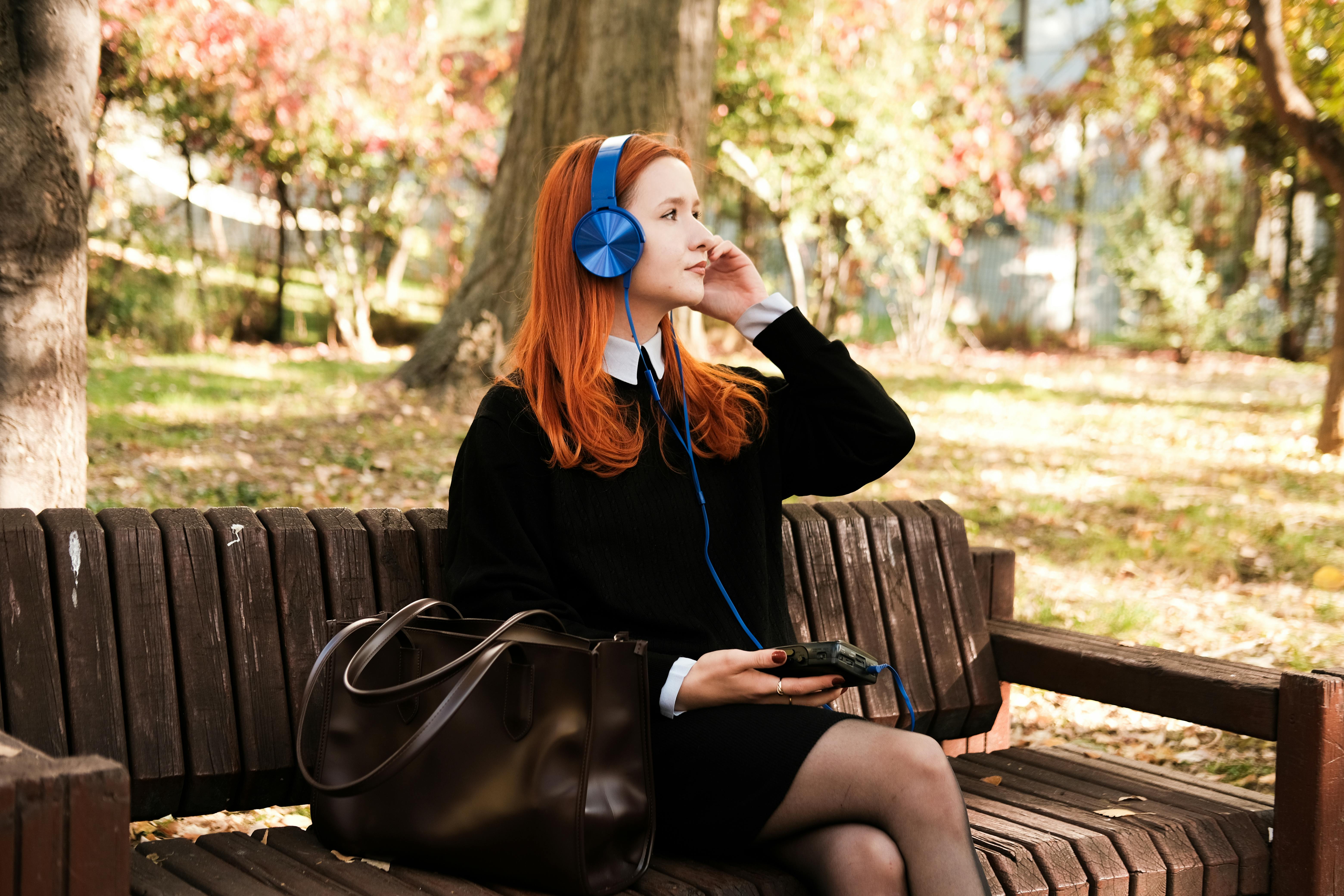GMAT阅读机经整理:研究鸡对新食物的反应.
2017-08-10 265阅读
1月4日GMAT机经已换,现在为大家整理的最新的1月GMAT阅读机经,这一篇是研究鸡对新食物的反应的文章,分享给大家,希望对大家有所帮助,文中观点仅供参考。
一、主旨
研究影响影响家鸡吃东西的因素
二、段落大意
V1:
P1:动物都有通过观察周围同伴遇到事情的反应来改变自己的行为
1)举例某种鸟看到他们的同类如果吃了一种红颜色的食物有了不好的反应,呕吐或死亡,剩下的鸟就永远不再吃红色的东西。
2)然后解释了一下这种行为。
P2: 作者又说家养鸡这种避害行为不太明显
1)鸡要是看到同伴吃了东西呕吐,对于这类东西有反应的比较少(作者没说这种反应是不吃这种东西呢还是对这种东西有个判断过程,光说有反应的比例小)
2)举例某个人的研究,发现家养鸡如果看到同伴吃某种事物特别好吃,他们关于这种食物的反应就比较明显。
3)最后作者总结说看来这种趋益反应比避害的反应出现的可能性更大。(我没太弄懂作者说的是关于家养鸡还是所有动物,句子长修饰太多了。)
V2:
P1: 研究人员发现鸡吃的东西是type与它之前所知的安全食物相同的,而且颜色在鸡辨别食物中有重要作用
1)实验发现如果把给鸡的食物换成新的(颜色啦、状态啦可能都跟之前的食物不一样),第二天鸡接受再另一种新的食物,这个概率会大大增加。
2)两种解释:一种解释是鸡在第一天食用了一种新食物并且觉得ok以后,第二天会更容易接受另一种新的食物(接受新食物,鸡的警惕性下降);
3)另一种解释是鸡如果发现某种食物能吃,那么食物的颜色在他们的判断中就不太重要了
P2:另外一个surprising的地方
1)这种鸡对新食物的接受,不能通过观察别的鸡食用这个食物来达到,必须要自己亲自去接触(direct contact)才可以。
2)因为一般认为鸡是social animal:母鸡和小鸡食用新食物,小鸡是观察母鸡吃什么才吃的
三、题目
Q1. 主旨题
describe and evaluate a recent study
Q2. 研究人员给鸡吃了什么样的食物/第二次和第一次食物区别?/ 问科学家用来实验的食品有什么区别?
same type,different color,选项都是同种不同色、同色不同种等等
Q3. 高亮题:如果第一种解释正确,那么wild chicken有什么反应?
降低对新食物的警惕性/他们会降低对novelty food的警惕性.
Q4. 这种解释下,鸡的觅食行为是怎样的?/ 根据第一段的第二种解释,鸡的觅食行为会怎样~~
不管颜色如何,鸡都会吃同一种的食物
Q5. 以下选项哪些是鸡接受食物的方式?
狗主没给答案,猜测为direct contact,请结合自己考题判断
狗主解释:研究发现鸡对新的食物的接受,不能通过观察别的鸡食用这个食物来达到,必须要自己亲自去接触在可以。
Q6. 作用题:最后一段作用
给出了 additional finding of xxx.
四、背景知识:(GWD类似文章)
But Sherwin’s recent experiments with domestic hens do not support the notion that avian social learning necessarily facilitates aversion to novel foods that are noxious or toxic. Even when demonstrator hens reacted with obvious disgust to a specific food, via vigorous head shaking and bill wiping, there was no evidence that observers subsequently avoided eating that food. Sherwin’s research team speculated that ecological or social constraints during the evolution of this species might have resulted in there being little benit from the social learning of unpalatability, for instance, selective pressures for this mode of learning would be reduced if the birds rarely encountered noxious or toxic food or rarely interacted after eating such food, or if the consequences of ingestion were minimal. In a related experiment, the same researchers showed that if observer hens watched demonstrator hens react favorably to food of a particular color, then observer hens ate more food of that color than they ate of food of other colors. These results confirmed that avian species can develop prerences for palatable food through social learning.
Social learning in animals is said to occur when direct or indirect social interaction facilitates the acquisition of a novel behavior. It usually takes the form of an experienced animal (the demonstrator) performing a behavior such that the naive animal (the observer) subsequently expresses the same behavior sooner, or more completely, than it would have otherwise. One example of social learning is the acquisition of prerences for novel foods.
Some experiments have suggested that among mammals, social learning facilitates the identification of benicial food items, but that among birds, social learning helps animals avoid toxic substances. For example, one study showed that when red-wing blackbirds observed others consuming a colored food or a food in a distinctly marked container and then becoming ill, they subsequently avoided food associated with that color or container. Another experiment showed that house sparrows consumed less red food after they observed others eating red food that was treated so as to be noxious. Studies on nonavian species have not produced similar results, leading researchers to speculate that avian social learning may be fundamentally different from that of mammals.
But Sherwin&aposs recent experiments with domestic hens do not support the notion that avian social learning necessarily facilitates aversion to novel foods that are noxious or toxic. Even when demonstrator hens reacted with obvious disgust to a specific food, via vigorous head shaking and bill wiping, there was no evidence that observers subsequently avoided eating that food. Sherwin&aposs research team speculated that ecological or social constraints during the evolution of this species might have resulted in there being little benit from the social learning of unpalatability, for instance, selective pressures for this mode of learning would be reduced if the birds rarely encountered noxious or toxic food or rarely interacted after eating such food, or if the consequences of ingestion were minimal. In a related experiment, the same researchers showed that if observer hens watched demonstrator hens react favorably to food of a particular color, then observer hens ate more food of that color than they ate of food of other colors. These results confirmed that avian species can develop prerences for palatable food through social learning.
在这篇关于研究鸡对新食物的反应的GMAT阅读机经,给出了文章的主旨,篇章结构,段落大意以及相关题目,考生可以有选择的看看,最后祝大家都能考出好成绩。
留学咨询
更多出国留学最新动态,敬请关注澳际教育手机端网站,并可拨打咨询热线:400-601-0022
留学热搜
相关推荐
- 专家推荐
- 成功案例
- 博文推荐

Copyright 2000 - 2020 北京澳际教育咨询有限公司
www.aoji.cn All Rights Reserved | 京ICP证050284号
总部地址:北京市东城区 灯市口大街33号 国中商业大厦2-3层









高国强 向我咨询
行业年龄 11年
成功案例 2937人
留学关乎到一个家庭的期望以及一个学生的未来,作为一名留学规划导师,我一直坚信最基本且最重要的品质是认真负责的态度。基于对学生和家长认真负责的原则,结合丰富的申请经验,更有效地帮助学生清晰未来发展方向,顺利进入理想院校。
Tara 向我咨询
行业年龄 6年
成功案例 1602人
薛占秋 向我咨询
行业年龄 10年
成功案例 1869人
从业3年来成功协助数百同学拿到英、美、加、澳等各国学习签证,递签成功率90%以上,大大超过同业平均水平。
Cindy 向我咨询
行业年龄 18年
成功案例 4806人
精通各类升学,转学,墨尔本的公立私立初高中,小学,高中升大学的申请流程及入学要求。本科升学研究生,转如入其他学校等服务。